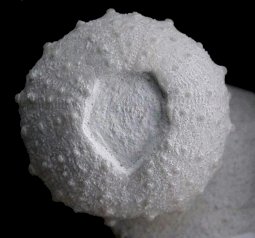 A
A
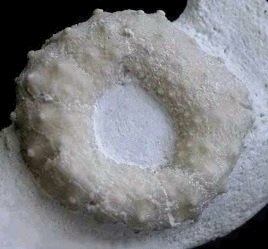 B
B|
Gautheria radiata (Sorignet, 1850) |
A moderately common regular echinoid from the Turonian to Early Santonian of the White Chalk. Very similar to Gautheria spatulifera, though they only co-occur in the Seaford Chalk Formation where G. radiata is very rare. The key difference is the primary tubercles, which radically decrease in size above the ambitus for G. radiata, but not for G. spatulifera (compare). Gautheria radiata differs from Phymosoma koenigii by its relatively small primary tubercles (compare) and invaginated (concave / depressed) peristome (compare).
 A
A
 B
B
1). Isolated tests of Gautheria radiata; (A) adapical view (x6, Beachy Head, White Chalk), and (B) adoral view (x5, Hope Gap, Lewes Nodular Chalk Formation (Beeding Beds)). Both Randell Collection, (A) RR0131, (B) RR0197.
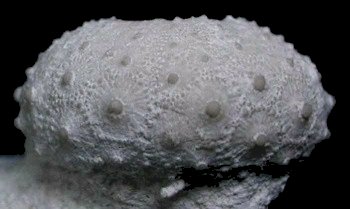 A
A
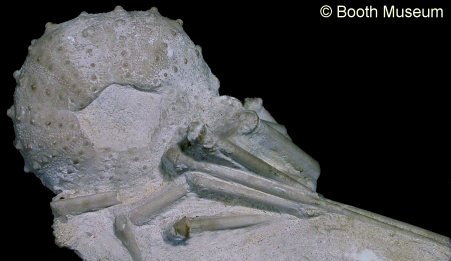 B
B
2). (A) Lateral (side) view of a complete test (x7.5, Beachy Head, White Chalk, Randell Collection, RR0131). Primary tubercles markedly decrease in size above the ambitus. (B) Apical view of test with associated spines (x2.5, White Chalk, Brighton, from the Willett Collection, Booth Museum, BMB 007487, by kind permission of John Cooper).
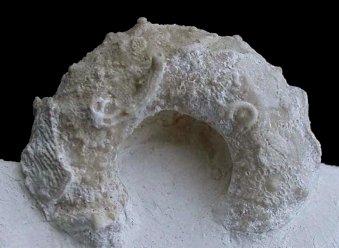 A
A
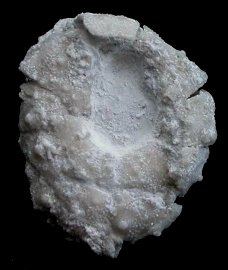 B
B
3). Tests with partially 'obscured' identity. (A) Adoral view of test encrusted by bryozoans, worms and oysters (x5.5, Seaford Head, White Chalk). (B) Adapical view of crushed and distorted test (x5, Hope Gap, Lewes Nodular Chalk Formation (Beeding Beds)). Both Randell Collection, (A) RR1221, (B) RR1529.